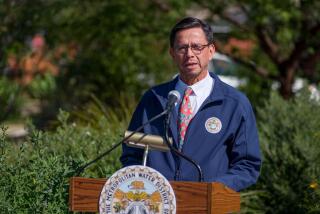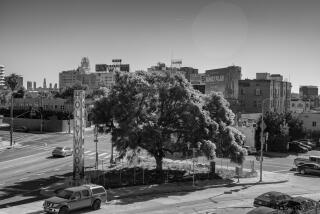Gold found growing on trees, and the trees don’t like it
It turns out gold can grow on trees, given the right conditions.
A team of Australian scientists has found small amounts of gold in the leaves, twigs, and bark of eucalyptus trees growing above gold deposits buried deep beneath the ground.
Unfortunately, you won’t get rich off these golden trees. The amount of gold detected was very tiny -- just 80 parts per billion in the leaves, 44 parts per billion in the twigs, and just 4 parts per billion in the bark. You certainly could not see any gold with the naked eye.
Still, as the scientists write in the journal Nature Communications, their study represents the first time, to their knowledge, that naturally occurring gold particles were imaged in the cells of biological tissue.
Previous studies have shown that plants will uptake small amounts of gold that have been deliberately placed in the soil in laboratory experiments, but the concentrations of gold in those experiments are much higher than what would typically be found in the natural environment.
Gold is toxic to plants, which may explain why the eucalyptus trees moved much of the gold they absorbed from the ground to their leaves, says lead author Melvyn Lintern of CSIRO, Australia’s national science agency.
By shunting the gold to their leaves, the trees can easily shed the gold deposits. Then the leaves decompose, dropping gold into the soil, and process begins again.
Lintern and his team are not suggesting that anyone can start mining these golden trees, but they do think that gold prospectors could look to vegetation to learn where gold deposits might be.
Instead of “There’s gold in them thar hills,” future prospectors might be shouting “There’s gold in them thar trees!”
Like crazy stories based on real science? Me too! Follow me on Twitter for more like this.
ALSO:
A balloon ride to near-space, price tag $75,000
Chelyabinsk meteor: Weather satellites tracked fireball’s path
High school student found youngest, most complete crested dinosaur fossil







